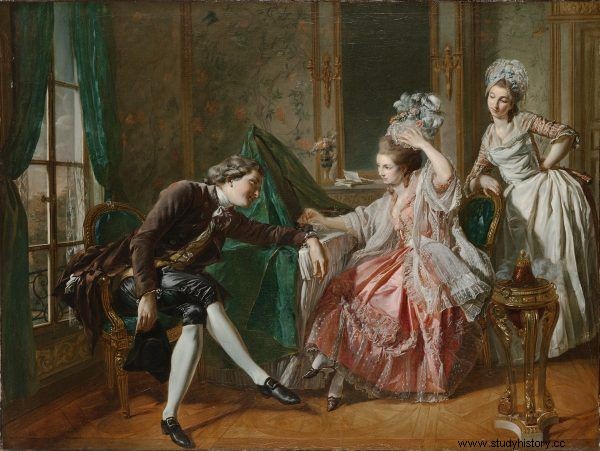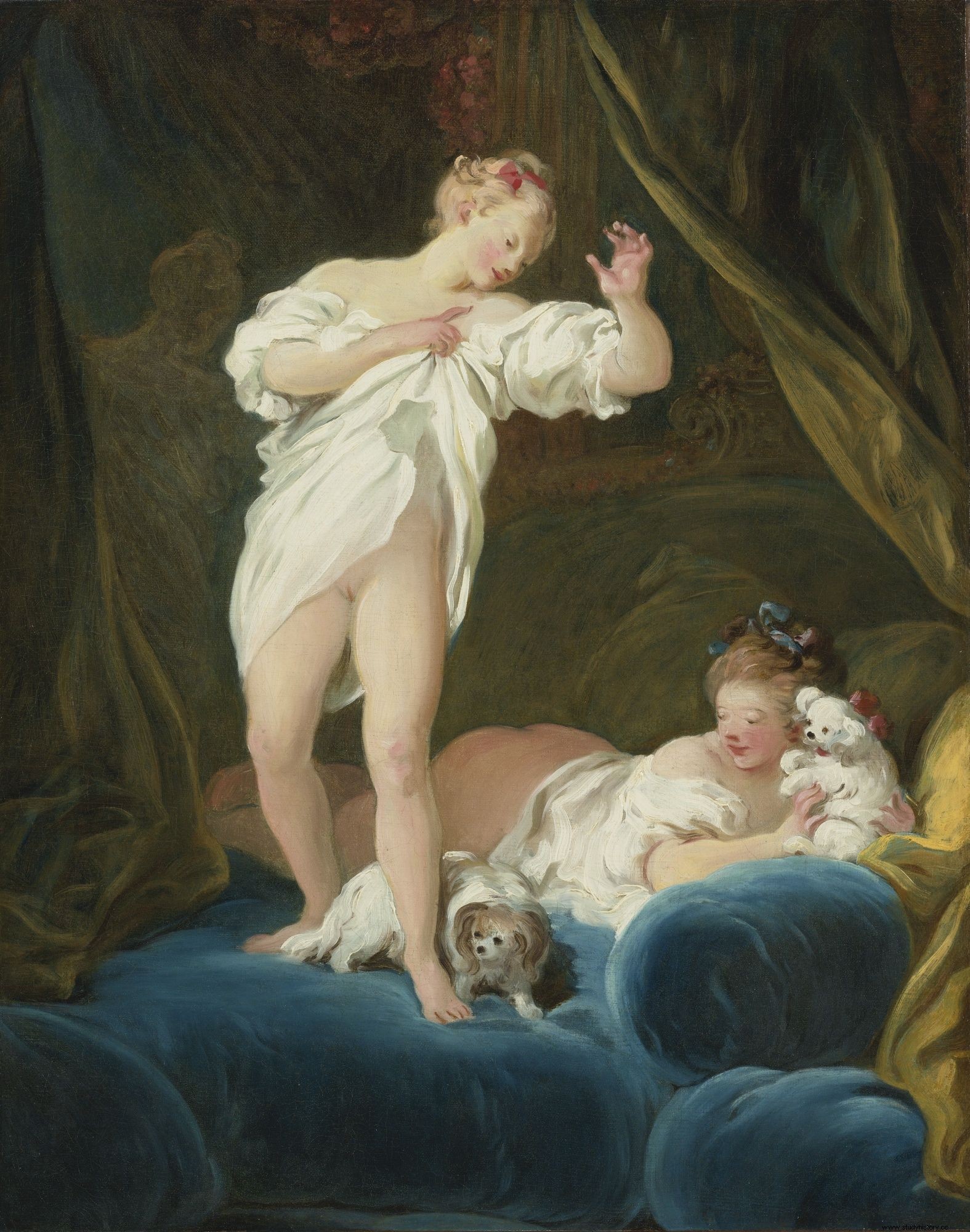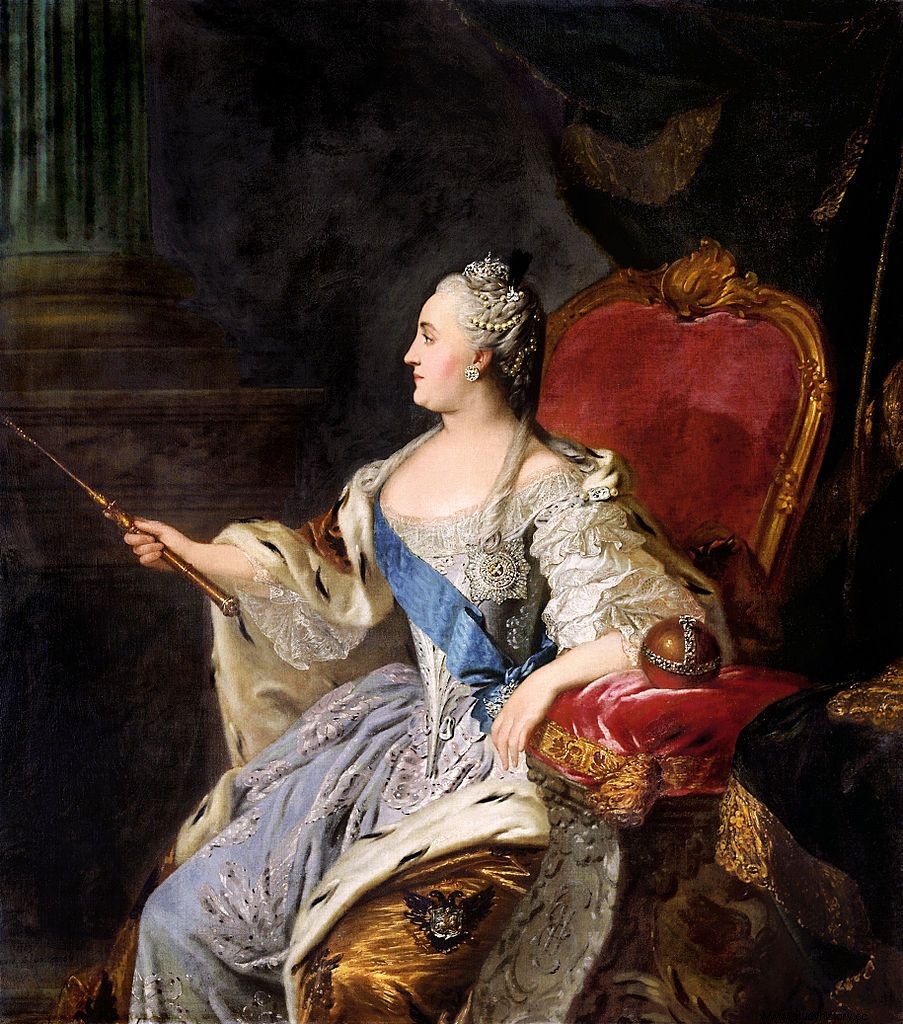Everyone knows this famous lover. But who is able to name at least one of his mistresses? Or one lover?
Taking into account the standards of the era, Giacomo Girolamo Casanova was by no means a sexual record holder:according to his own calculations, he slept "only" with one hundred and twenty-two women and probably - though he didn't like to admit it - also with a few men. Other 18th-century libertines could boast of far more conquests.
Unlike them, however, Casanova was distinguished by intelligence, erudition and literary talent. He described his erotic experiences in diaries, which are sometimes called the "Venetian Kamasutra". With spicy details, but without the names that historians are now, often unsuccessfully looking for.
Although he was a complete bastard when dealing with women ( did not recognize the paternity of any of his eight children ), he loved each of them in a way. Anyway, he used, but was also "used". What women, and maybe what men, did he choose? Here are a few of them.
Neuter bust
They met in Ancona on February 25, 1744, eating dinner at a cozy inn. It was then that Casanova heard for the first time the wonderful voice of a "stunningly handsome" being of indeterminate gender - a castrat named Bellino. In Laurence Bergreen's book "Casanova. In the world of the seducer ”we read:
Castrats have been a frequent presence in the Italian music scene since the 16th century. The castration itself consisted in removing the testicles or cutting the lines that brought blood to them, most often after the patient had been anesthetized with opium. This practice was recognized in 1588 by Pope Sixtus V, who used a verse from 1 Corinthians - »women are to remain silent at these gatherings; for they are not allowed to speak, but are to be submitted as the Law commands «- to remove women from churches and theaters. Their roles were taken over by the castrats .

Music was an important element of the rococo ars amandi. In the painting "The Lesson of Love" by Jean-Antoine Watteau.
Bellino immediately fascinated Casanova. Not so much because of his "otherness" than because of the aura of femininity that emanated from him. The consummate lover felt that something was wrong with this castration tale. Yes, before each concert a priest carried out an appropriate "examination", but could you trust a clergyman in this matter to the end?
Casanova therefore relied on his own experience:insidiously "he slipped his hand under the boy's shirt and felt a warm, soft mound that could be nothing but a breast." At the same time, however, he discovered another anatomical detail - belonging only to a man ... Confused, frustrated, he decided to escape from passion as far as Constantinople, where he had a mission commissioned by the Church to fulfill.
His love, however, turned out to be reciprocated:the beaming Bellino confessed that his real name was Teresa and that he was only pretending to be a castrat, so that he could earn a living by singing. And anatomy? Well ... who wants to cheat easily, what are the dummies for? Then there were love spells and promises no one was going to keep. Teresa got a contract at the newly built Teatro San Carlo in Naples and disappeared from Casanova's life ...
The Mysterious Henrietta
To Casanova, she was something like Irene Adler to Sherlock Holmes - a carefully hidden obsession, "that woman" whom he would remember for the rest of his life. He met her in 1749, when he fled his native Venice, where he was accused of profaning the grave (for an unrefined joke, he needed the hand of a deceased). D Upon learning that a mysterious French woman in men's clothes was going to Padua in the company of a Hungarian officer, he decided to accompany them. On the way, he confessed his love for the woman… to her companion who, surprisingly, took it quite well. After all, he wasn't her husband.
In Padua, Casanova and the mysterious Henrietta experienced a real honeymoon. Libertyn even began to think about stabilization! "By living together and experiencing the bliss of true happiness, we had nothing to do with the philosophy that happiness cannot be perfect because it is not permanent," he wrote years later with clear emotion.
This time it was the woman who did not want to, or for family reasons, could not secure Casanova a lasting relationship. The parting was carefully directed:the lover was to wait in Geneva for the letter. She wrote only one word:Goodbye. When finally Casanova finds Henrietta years later (by accidentally romancing her maid) , she will not agree to any contacts anymore.

The mysterious Henrietta was Casanova's greatest love. In the painting by François Boucher, a scene of a rococo flirtation.
Historians argue who the greatest love of the discreet Casanova was. Laurence Bergreen writes:
Some people mention Jeanna Marie d'Albert de Saint-Hippolyte, a 31-year-old lady who divorced her husband after five years of marriage. Others speak of Anne-Henriette de Bourbon, one of the daughters of Louis XV. The third, perhaps the most likely candidate is her sister, Adélaïde de Gueidan. In the book Casanova, 's Women Judith Summers convincingly justifies the hypothesis that it was Adélaïde, who was born in a monastery on December 14, 1725, became a marquess through marriage and gave birth to three children .
A nun of Murano
She was a nun of a good family in a convent on Murano. She noticed Casanova in 1753 when he came to a Sunday mass to look from behind bars at the former lover, Caterina Capretta, whom the family had placed in the convent to protect the girl from the pernicious influence of a libertine. Maria Eleanor Michel knew the lovers' secret:moreover, she helped Caterina when, after a miscarriage that had to be hidden from the congregation, she found herself on the verge of life and death. Grateful Casanova immediately got into an affair with a friend of the one he had just called his little wife.

Casanova had three dates. In the painting of "Friends" by Jean-Honoré Fragonard.
Maria Eleanor was by no means a seduced virgin. She quickly suggested to Casanova that Caterina should join them in their games, with whom she, unscrupulously confessed, had already had an intimate relationship. She also asked if Giacomo would consent to their constant lover, Cardinal Francis Joachim de Pierre de Bernis, French ambassador in Venice ( Louis XV proposed he first had a similar position in Poland, but he, terrified, begged for a different honor).
Casanova with gallantry agreed to be watched (knowing that it would pay off socially, and perhaps financially). And as in the room "out in the city" where he was meeting the nun , included the works of Pietro Aretino, a Renaissance author of religious and pornographic literature, the Venetian decided to try all thirty-five items proposed by the writer in front of the "audience". The second as much improvised. The next day he received a congratulatory letter from his lover and her lover.
In the future, de Bernis will be useful to Casanova more than once. The diplomat will help the adventurer when he, wrongly accused of espionage and atheism, escapes from a Venetian prison. In 1758, at the request of Cardinal Giacomo, he would sell bonds of the French treasury in Amsterdam, gaining himself at the same time the capital that would help him open a silk factory (the enterprise would go bankrupt when the owner starts an affair with twenty employees at the same time).
Catarina will eventually be married off - quite unfortunately. He will be in correspondence with Sister Maria Eleonora Casanova for a long time.

Catherine the Great was Casanova's lover? The Tsarina in the portrait of Fyodor Rokotov.
Certainly, successive romances helped Casanova, the child of a couple of actors, to climb the social ladder. He had argued with Voltaire and Rousseau. He was dating Madame de Pompadour (who would hardly risk her position in the French court for an affair with an adventurer).
Counting on the position of tsarist secretary, he unsuccessfully suggested to Catherine the Great to change the calendar from Julian to Gregorian (we do not know if the sexually insatiable ruler did not honor the Italian with her charms; if even, he had to be even more discreet than usual).
But, in fact, he was a tragic figure. This undoubtedly intelligent, ambitious man remained an attractive curiosity for the powerful.
